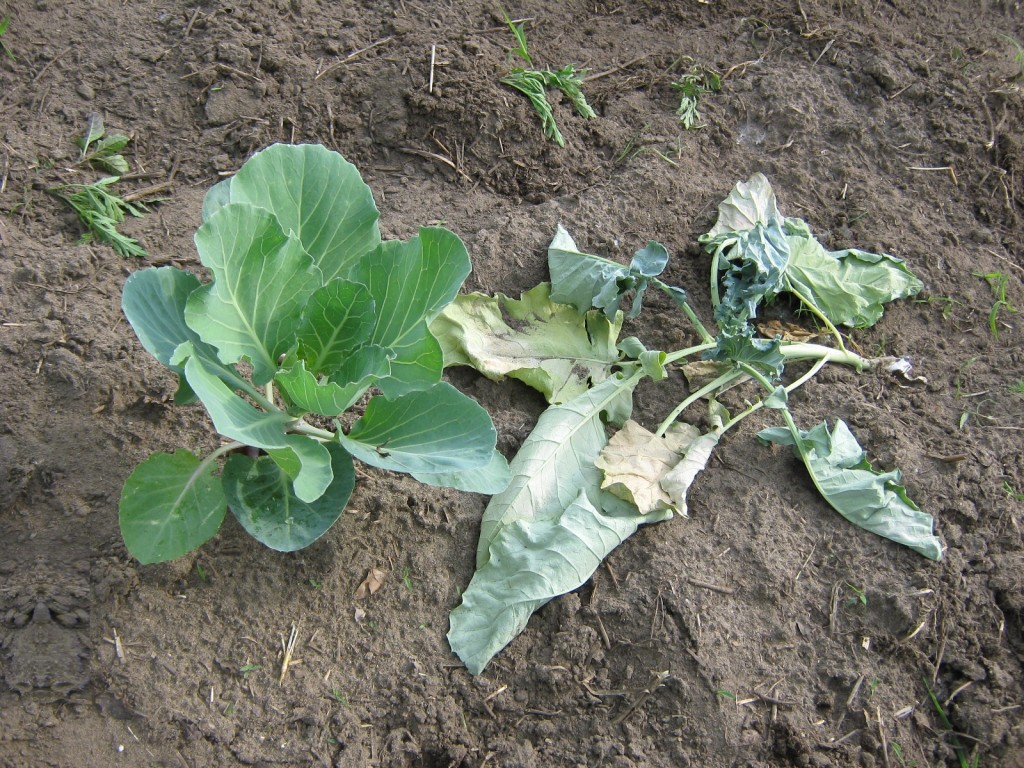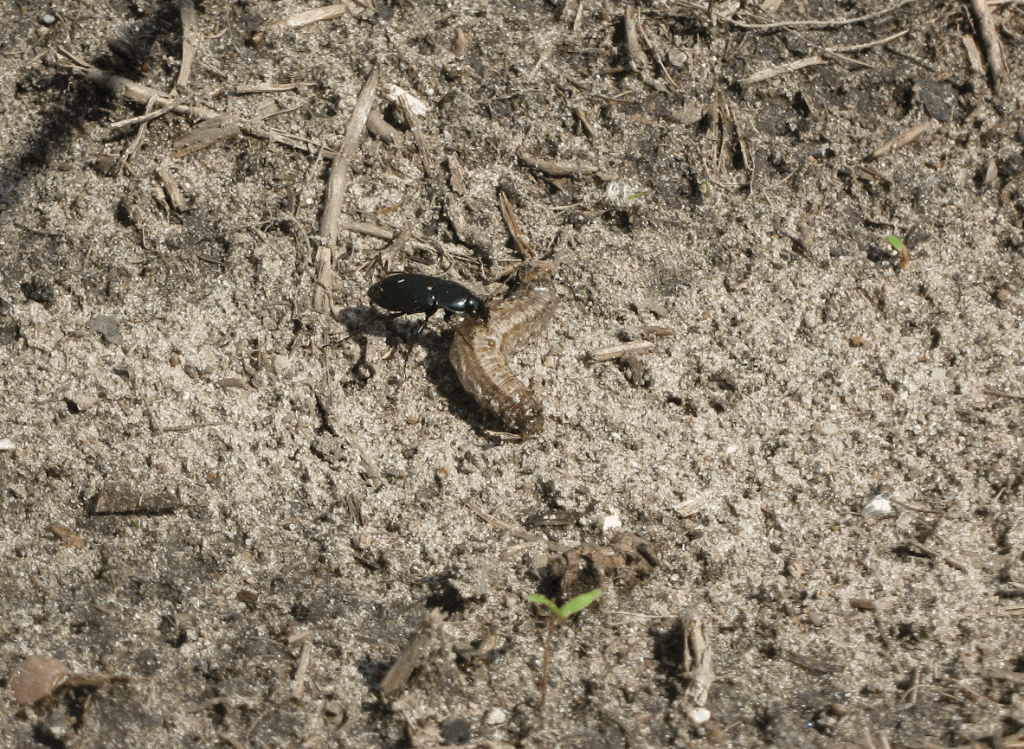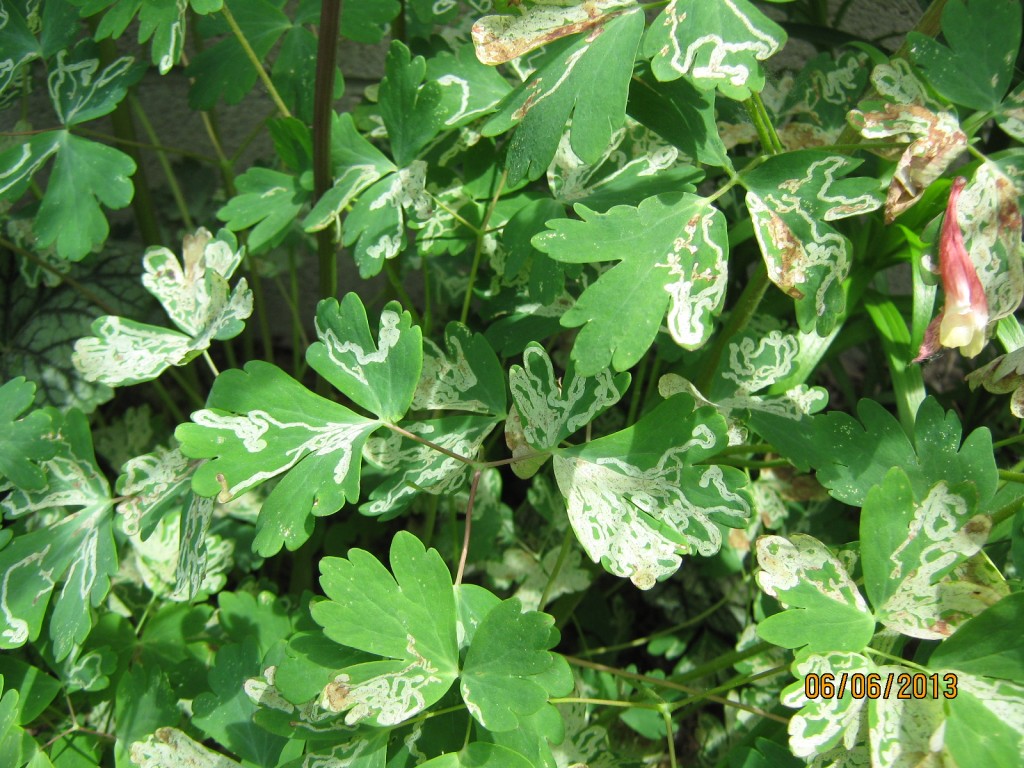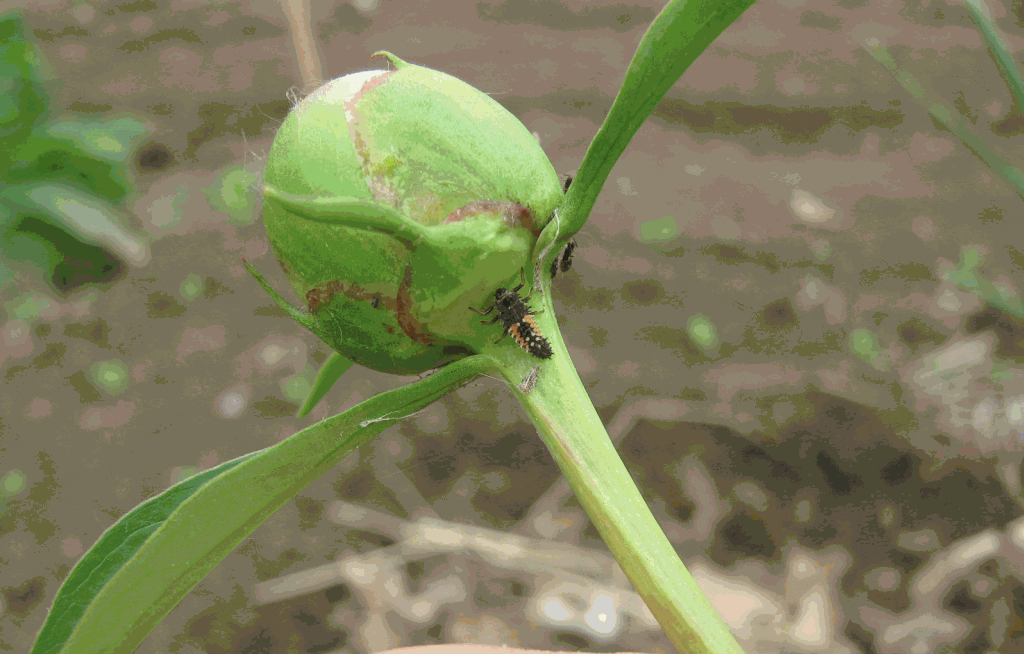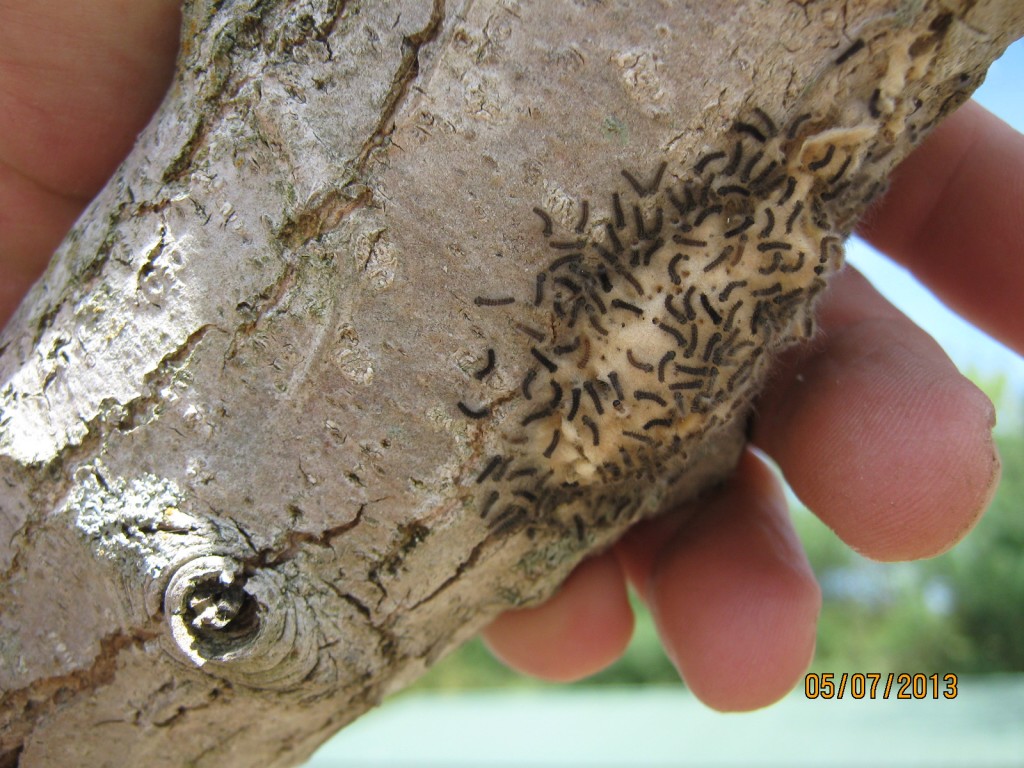If you have never seen it before, it seems perplexing — one or two dying cabbage plants in among a row of healthy plants. This is the work of the cabbage root maggot.
These maggots are the larval stage of a fly that looks very similar to a housefly, only smaller. And like houseflies, they go though part of their life-cycle as a maggot. They attack all plants categorized in the cabbage family which includes cabbage, broccoli, cauliflower, brussels sprouts and others.
During the time when the adults are active, they buzz around looking for suitable plants — such as your broccoli or cauliflower. The female fly lays its eggs right where the stem of the plant meets the soil. When the eggs hatch, the larvae begin feeding on the roots.
Infested plants lose so many roots to maggot feeding that they can’t sustain themselves so, the plant begins to wilt and eventually dies.
Cabbage root maggots thrive in a cool, wet soil environment. Our rainy growing season has provided ideal living conditions for this pest which is why you may be more likely to see them in your garden this year. Warm dry weather reduces the maggot population.
By the way, if you’ve ever come across wormy radishes or turnips, you’ve seen cabbage root maggots — they’re the same insect.
